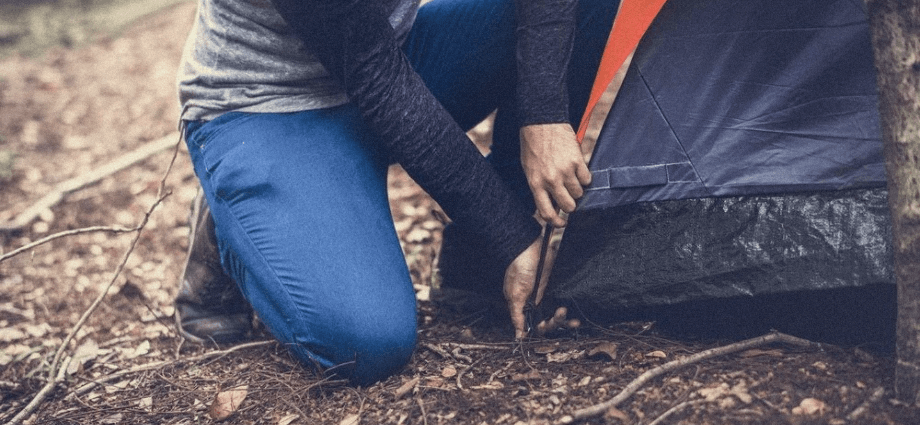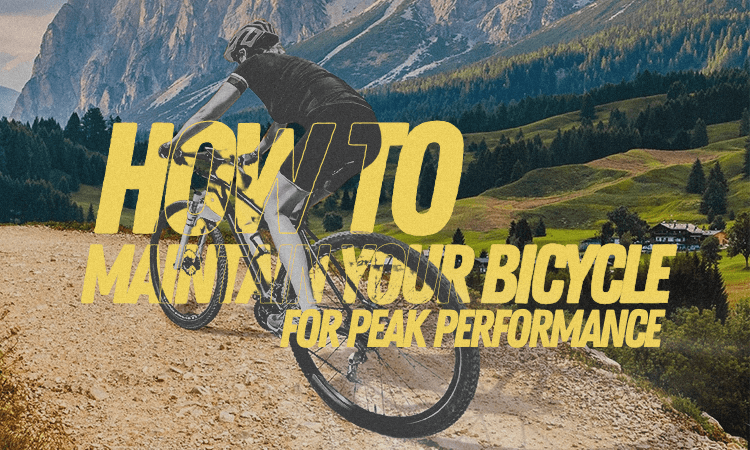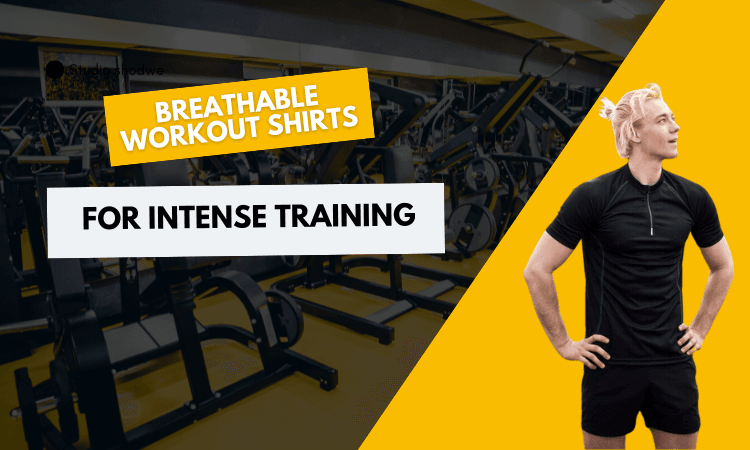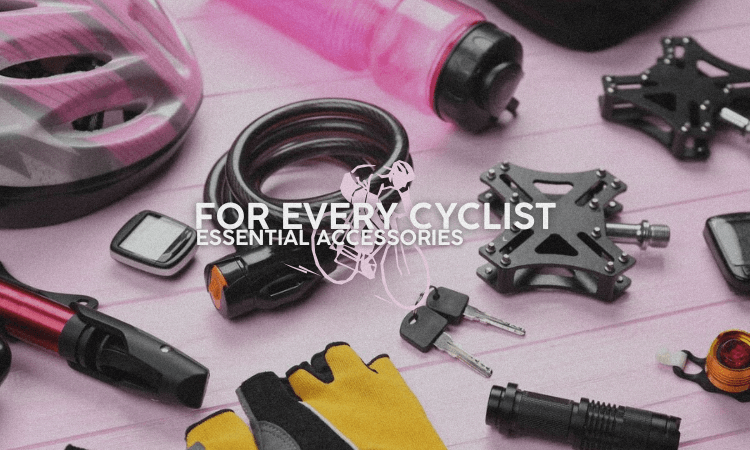Camping is a refreshing way to disconnect from daily life and reconnect with nature. However, it’s vital to prioritize safety when setting up your campsite to avoid accidents and enjoy a stress-free experience. From choosing the right location to managing food and waste, this guide will help you set up a safe campsite.

Choosing the Right Campsite
Research Campgrounds in Advance
Start by researching potential campgrounds before your trip. Use reliable online platforms like Google Maps or AllTrails to read reviews and gather information about locations that suit your needs. Whether you’re camping solo, with family, or with pets, look for sites that meet your specific requirements, such as safety features and amenities.
Assess the Terrain Upon Arrival
When you arrive at the campsite, take time to evaluate the ground. Look for flat and dry areas to set up your tent. Flat terrain ensures stability, and dry ground prevents water from pooling underneath your tent in case of rain. Avoid low-lying areas, as they are prone to flooding, and steer clear of slopes or uneven surfaces that may cause discomfort or instability.
Identify and Avoid Potential Hazards
Examine the surroundings carefully. Stay away from steep cliffs, fast-moving rivers, or dense vegetation, as these areas can be risky. Wildlife may frequent dense vegetation or water sources, posing a danger to campers.
Choose a Safe and Secure Location
For added security, select a campsite close to park staff or near emergency exits. Being near help in case of an emergency ensures a safer camping experience. Sites with clearly marked safety features or easy access to help are ideal for peace of mind.
Setting Up Your Tent

Choose a Safe Location
Find a shaded area for your tent, but avoid camping directly under trees with heavy branches that could fall. Make sure the spot is at least 200 feet away from water sources to minimize wildlife disturbances and moisture-related issues.
Prepare the Ground
Clear the ground of any sharp objects, rocks, or debris. Lay down a ground tarp, such as the REI Co-op Groundbreaker, to protect your tent from moisture and sharp items. Make sure the tarp doesn’t extend beyond the tent’s edges to prevent water from pooling underneath.
Set Up a Weather-Ready Tent
Use a weather-resistant tent like the Coleman WeatherMaster, designed to protect against rain and wind. Pair it with waterproof covers and seam sealers for extra protection. Securely stake your tent to ensure stability, and double-check that it is taut and properly anchored.
Inspect Stability
Once your tent is set up, check for any loose stakes or sagging fabric. Tighten ropes and adjust the tent to ensure it remains stable and secure, especially if weather conditions change.
Managing Campfires Safely

Campfire Safety:
- Use a Designated Fire Pit: Always build your campfire in a designated fire pit or ring to prevent flames from spreading and reduce environmental damage. Clear the area of debris like dry leaves or twigs to minimize the risk of accidental ignition.
- Start the Fire Safely: Use reliable tools like UCO Stormproof Matches, which are designed to ignite even in damp or windy conditions. Use dry wood and kindling for a steady burn and avoid overloading the fire with too many logs.
- Extinguish Properly: Pour water over the flames, stir the ashes with a stick, and repeat until the area is completely cool to the touch. Never bury hot ashes, as they can reignite underground and spread unnoticed.
Food and Waste Management
- Store Food Properly: Always store food in a bear-proof container like the YETI Bear-Resistant Cooler. Avoid keeping food in your tent, and instead use tree hangers or storage lockers provided at the campsite to keep it safe from wildlife.
- Dispose of Trash Responsibly: Use heavy-duty garbage bags for waste and follow Leave No Trace principles to minimize your impact. If there are designated trash bins, make sure they are securely closed to prevent animals from accessing them.
- Cook and Clean Away from Sleeping Areas: Prepare food at least 200 feet away from your tent to avoid attracting wildlife. Keep the cooking area clean, dispose of food scraps in sealed bags, and minimize attractants to ensure a safe campsite.
Essential Gear for Safety
Packing the right gear can greatly enhance your safety and preparedness while camping.
- First Aid Kit: A comprehensive kit with bandages, antiseptics, pain relievers, and tweezers is essential for handling minor injuries. Include a flashlight like the Black Diamond Spot 400 for visibility after dark.
- Navigation Tools: Even if you’re using a GPS device such as the Garmin eTrex, carry a physical map and compass as backups in case of battery failure.
- Personal Safety Gear: Items like insect repellent, sunscreen, and a multi-tool are invaluable. Don’t forget extra batteries or a solar charger to keep your devices powered.
Maintaining Hygiene and Personal Safety
- Staying clean and practicing personal safety keeps you healthy and ensures an enjoyable camping trip.
- Designate a specific area for washing dishes and hands, and use biodegradable soap to minimize environmental harm. A portable sink or collapsible water bucket makes these tasks easier. Remember to dispose of wastewater at least 200 feet away from water sources.
- Keep your campsite tidy to avoid attracting wildlife. Flashlights or headlamps can help deter animals at night, while wearing unscented lotions and deodorants minimizes the risk of drawing unwanted attention from insects or larger animals.
- Dressing appropriately is another key to safety. During the day, wear moisture-wicking clothes to stay cool and dry. At night, switch to insulated layers to protect against the cold. Sturdy hiking boots with good ankle support will keep you comfortable and safe on uneven terrain.
Conclusion
Setting up a safe campsite involves careful planning, the right equipment, and a focus on safety at every step. Choosing a suitable location, securely setting up your tent, managing campfires, and handling food and waste responsibly are all crucial for a secure camping experience.
With essential tools like bear-proof coolers, weather-resistant tents, and reliable first aid kits, you can be prepared for any challenges that arise. By prioritizing preparation and safety, you’ll create unforgettable memories in the great outdoors while respecting nature and minimizing risks.



